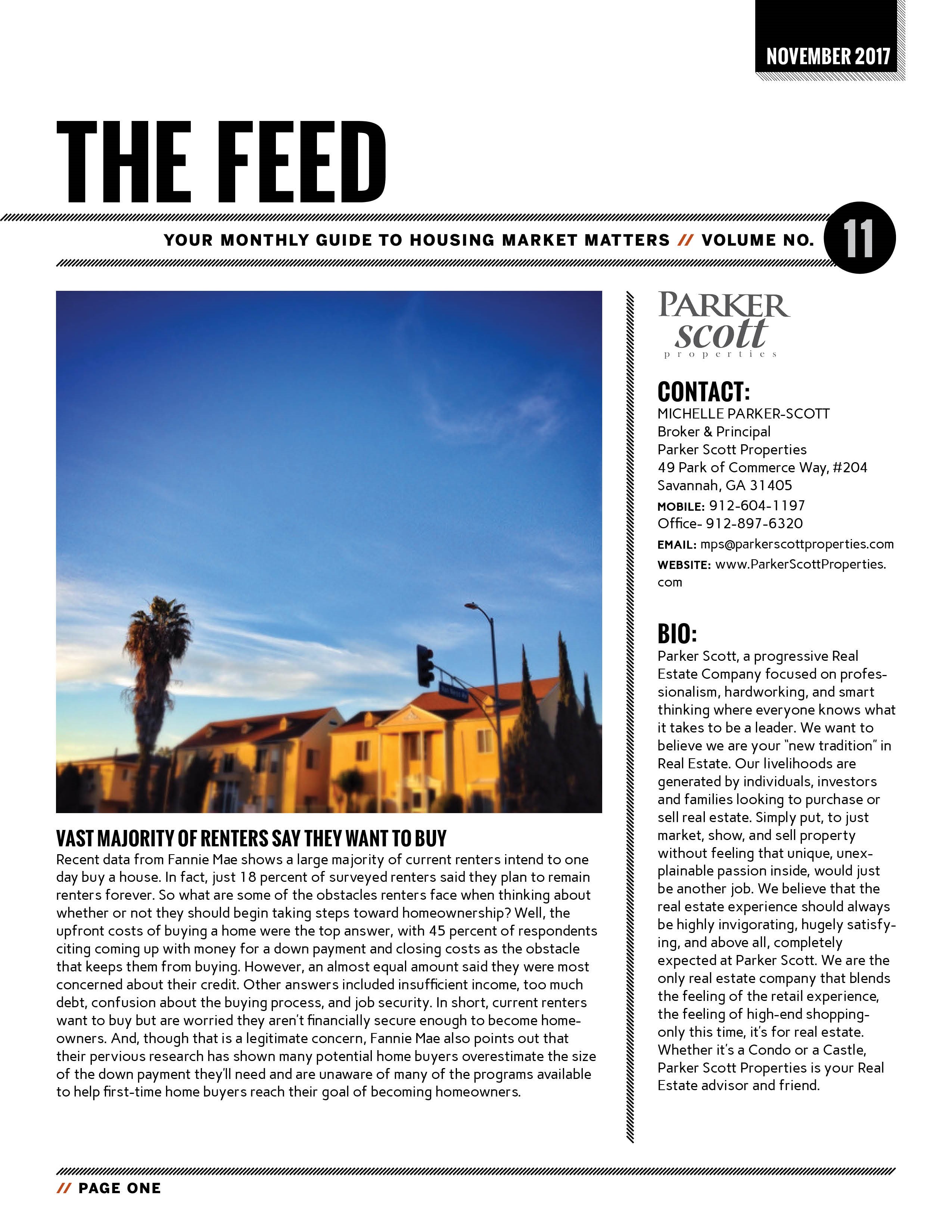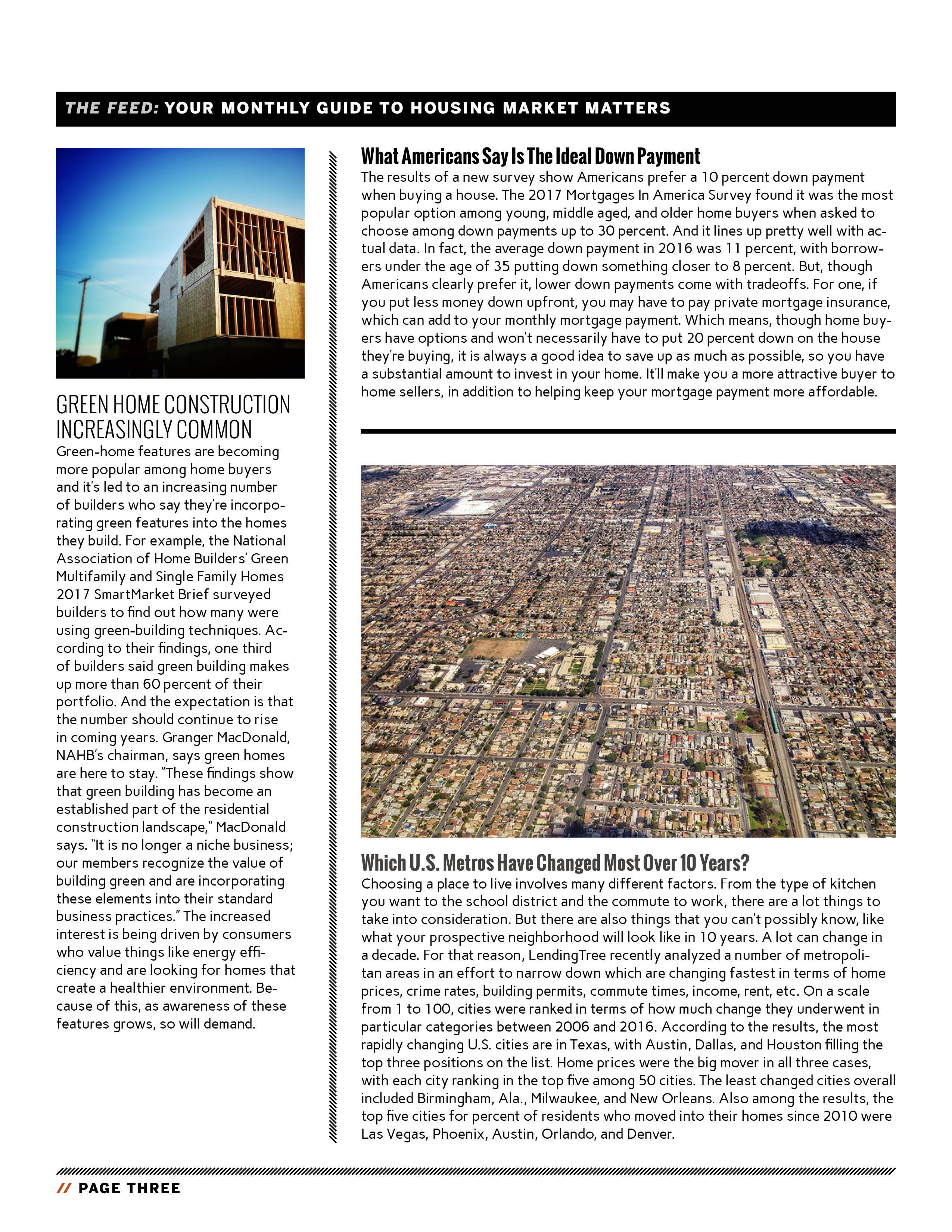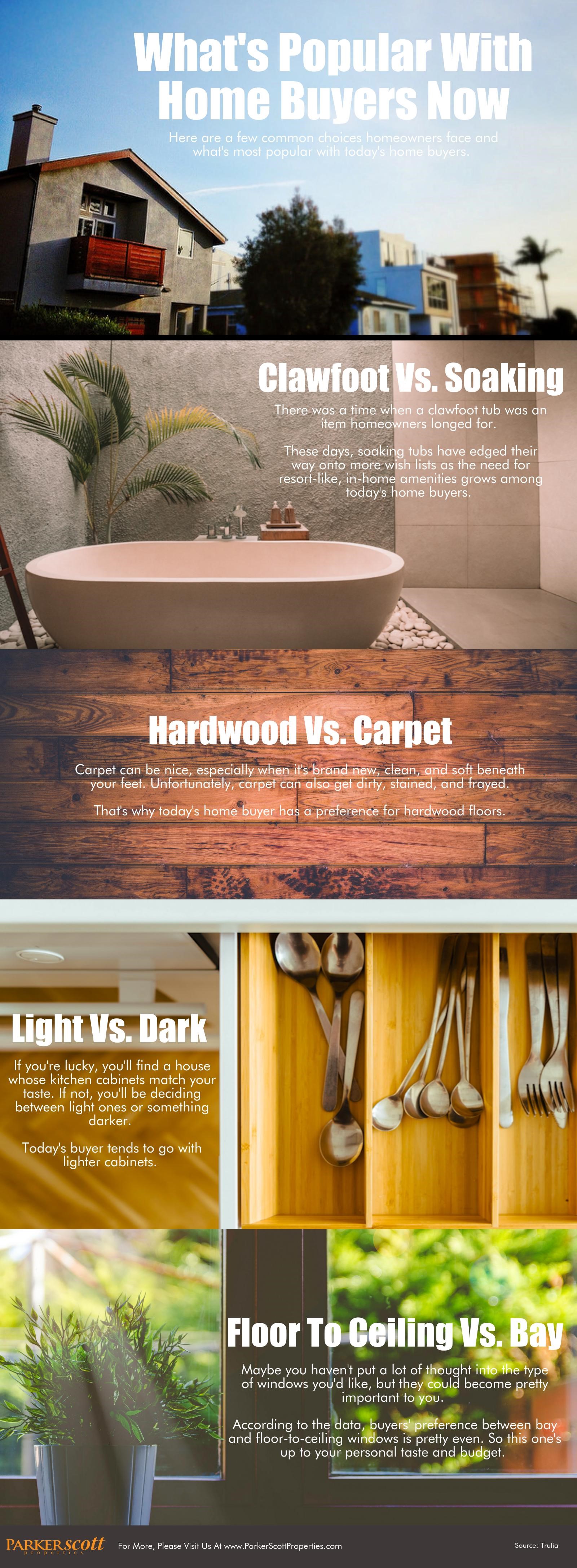Coming up with a down payment strategy can be difficult for some buyers – especially first-time home buyers who don’t have the benefit of a home to sell. In fact, among first-time home buyers, nearly 60 percent put less than 20 percent down on their house. And while that can be a good option for some buyers, it does have downsides. For one, smaller down payments typically mean you’ll have to pay mortgage insurance. It also means you may be edged out when making an offer on a home. Data from Zillow shows that buyers with larger down payments are more likely to get their offer accepted. On the other hand, waiting to save a larger down payment means risking an increase in home prices that makes it so you can’t afford next year what you could afford right now. What is the best move for today’s buyer? Well that depends a lot on their personal financial situation and how much they already have saved. But, according to Zillow, the median home will be worth just over $6,000 more next year at this time – which means you’ll have to save an additional $105 per month to cover the rise in prices. More here.











